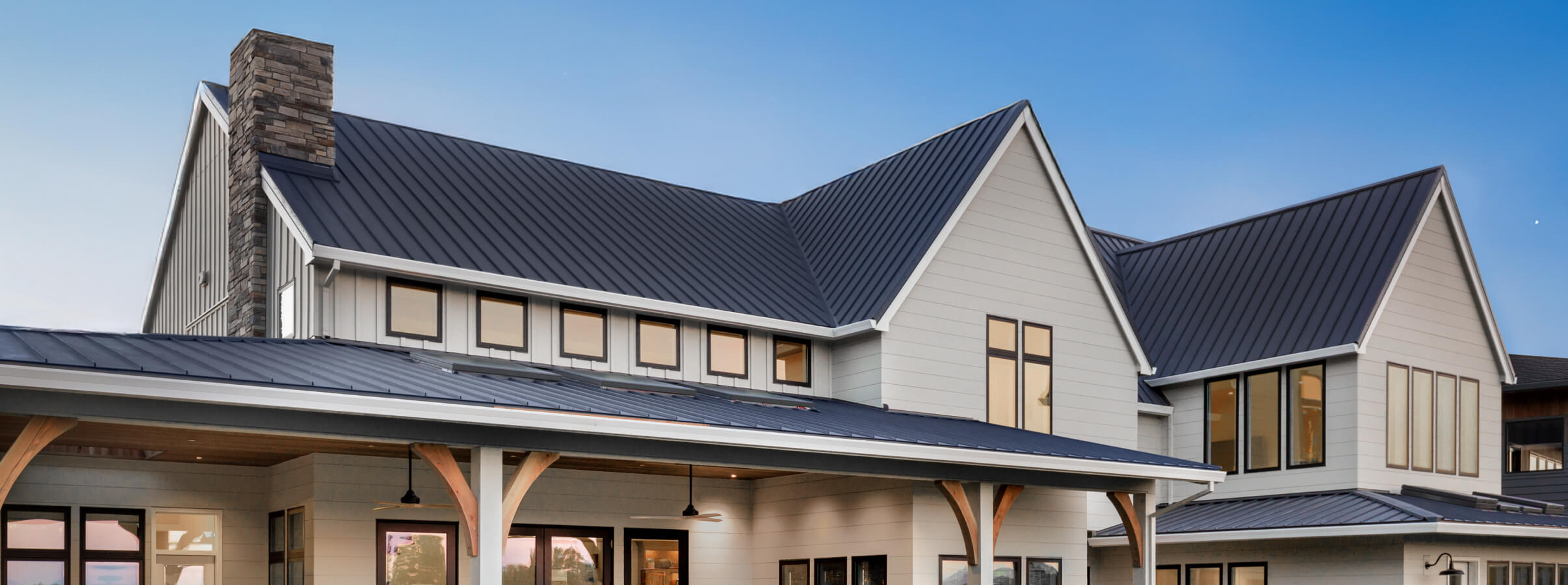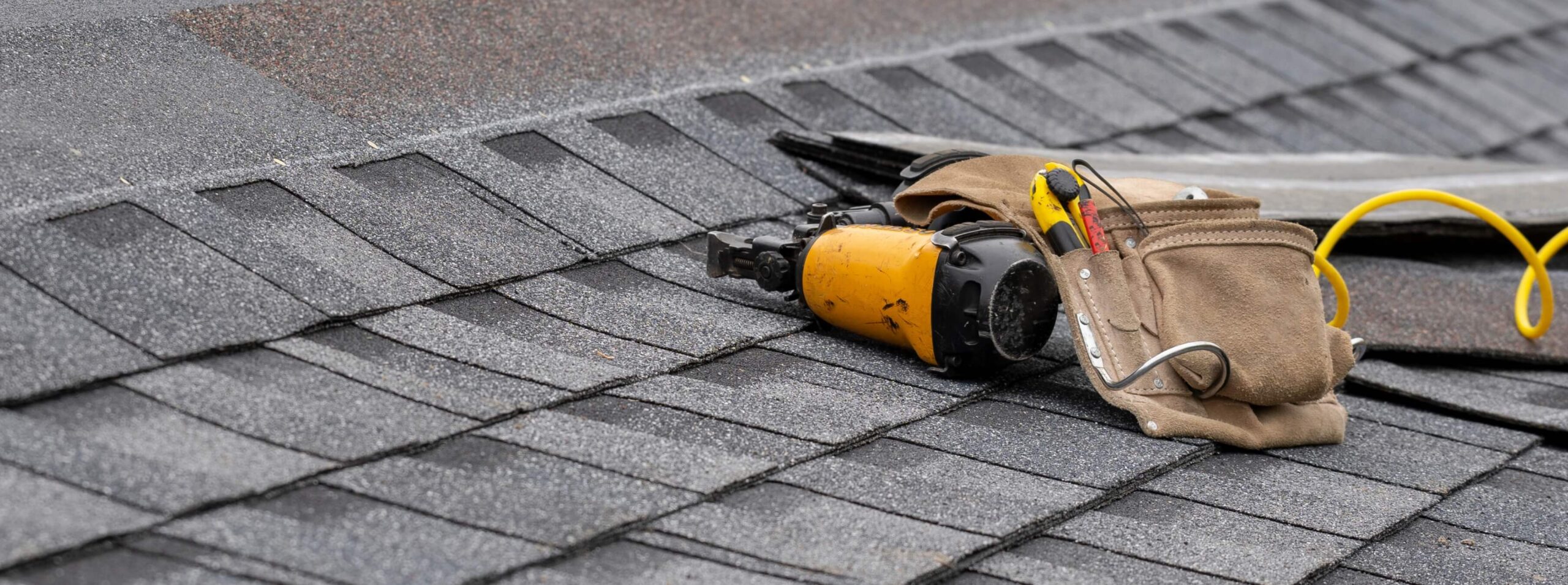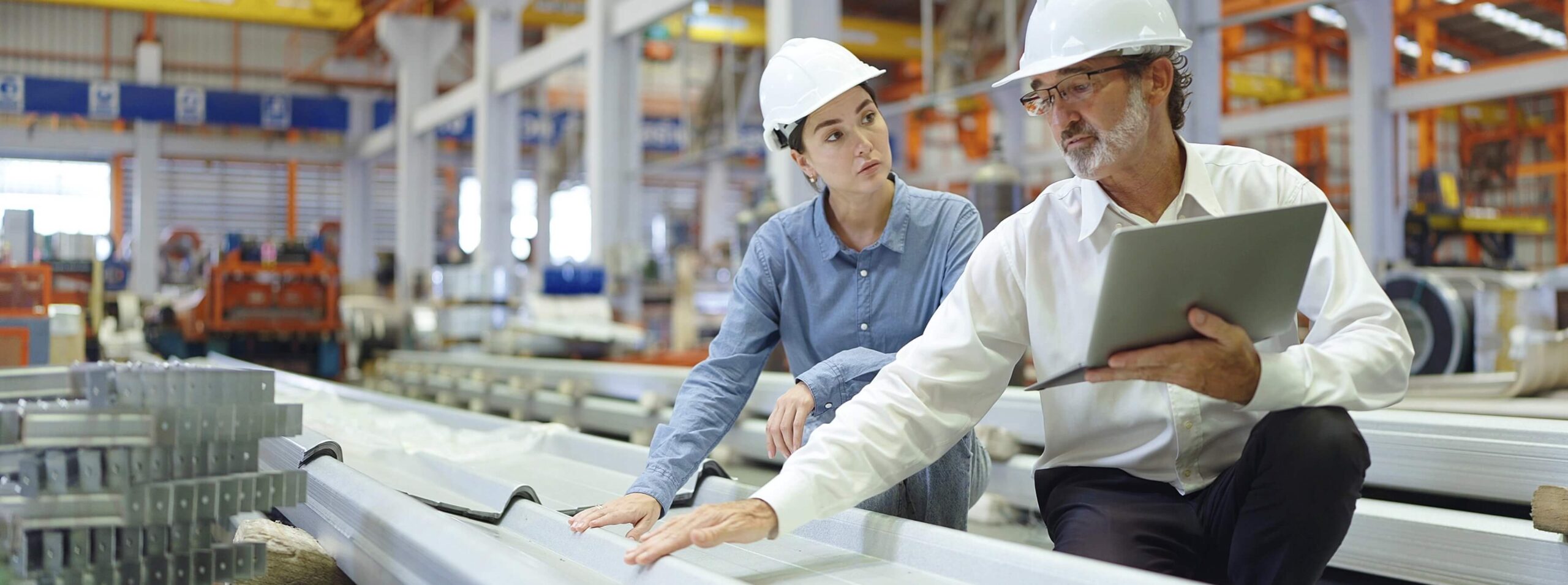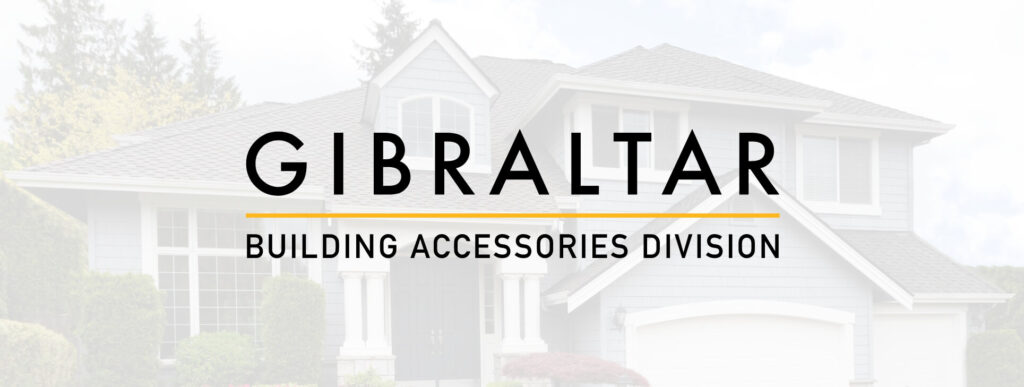May 3, 2024
What is a Metal Roofing System?
A metal roofing system refers to a complete set of components and materials designed to provide a durable, weather-resistant, and long-lasting roof. Metal roofing systems offer a range of benefits, including longevity, low maintenance, energy efficiency, resistance to extreme weather conditions, and recyclability. Typical metal roofing system components include:
- Metal Panels: The primary component of a metal roofing system is the metal panel. Panels are typically made from materials of steel, aluminum, copper, or zinc, with steel being most commonly used. Panels are available in a variety of profiles (shapes), lengths, and colors.
- Substrate or Deck: The substrate or deck serves as the structural base to which metal panels are attached. Common substrates include plywood, oriented strand board (OSB), or metal decking. The choice of substrate depends on factors such as the building design and local building codes.
- Underlayment: An underlayment is a weather-resistant barrier installed over the substrate to provide an additional layer of protection against water infiltration. It helps prevent leaks in case water penetrates the outer metal panels.
- Flashing: Flashing is a critical component that prevents water from entering the roofing system at vulnerable points such as roof transitions and penetrations (e.g., chimneys, vents, and skylights).
- Accessories: Metal roofing system accessory components include
1) ridge vents and other vents,
2) trims, gutters, and downspouts,
3) fasteners,
4) sealants and tapes.




